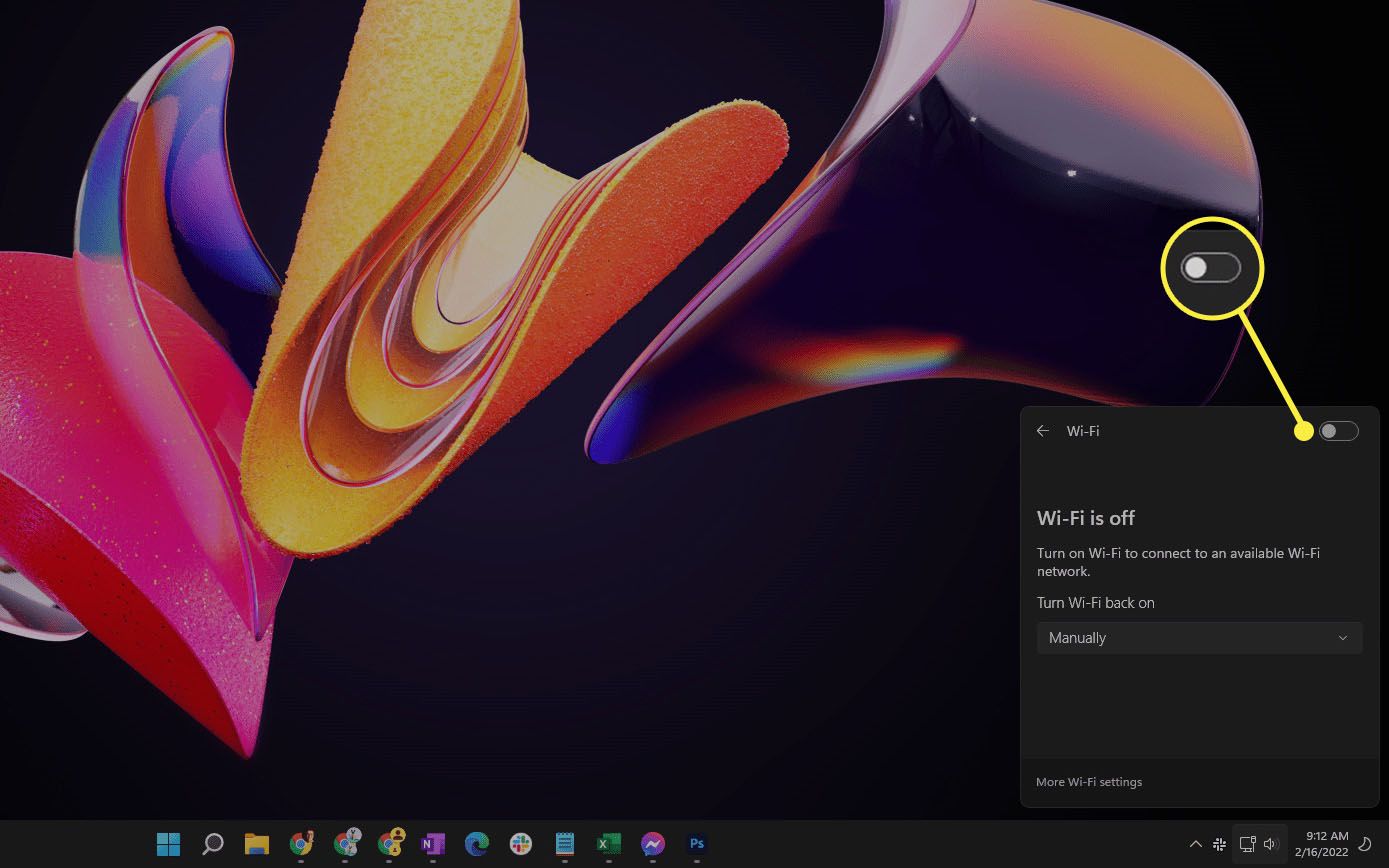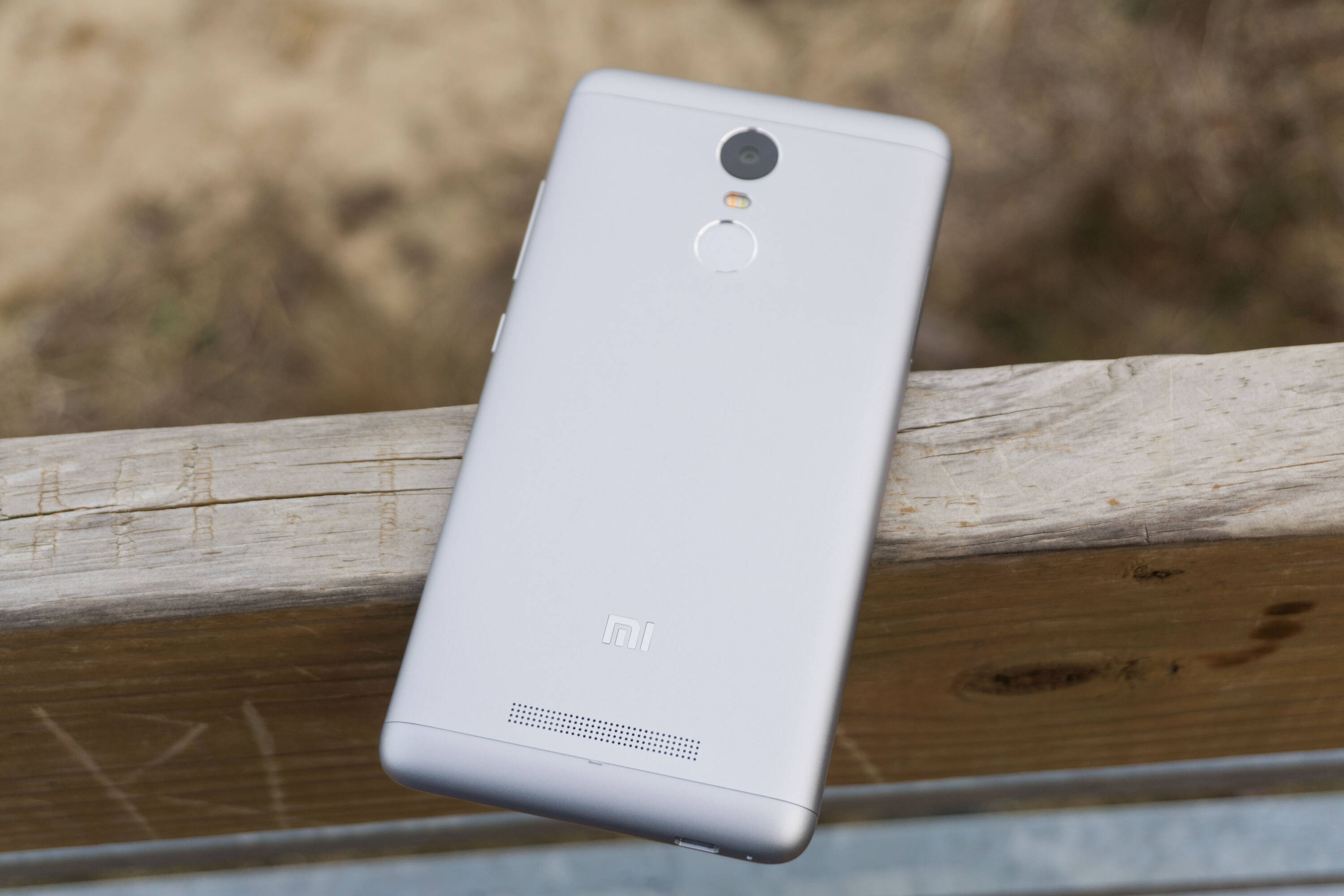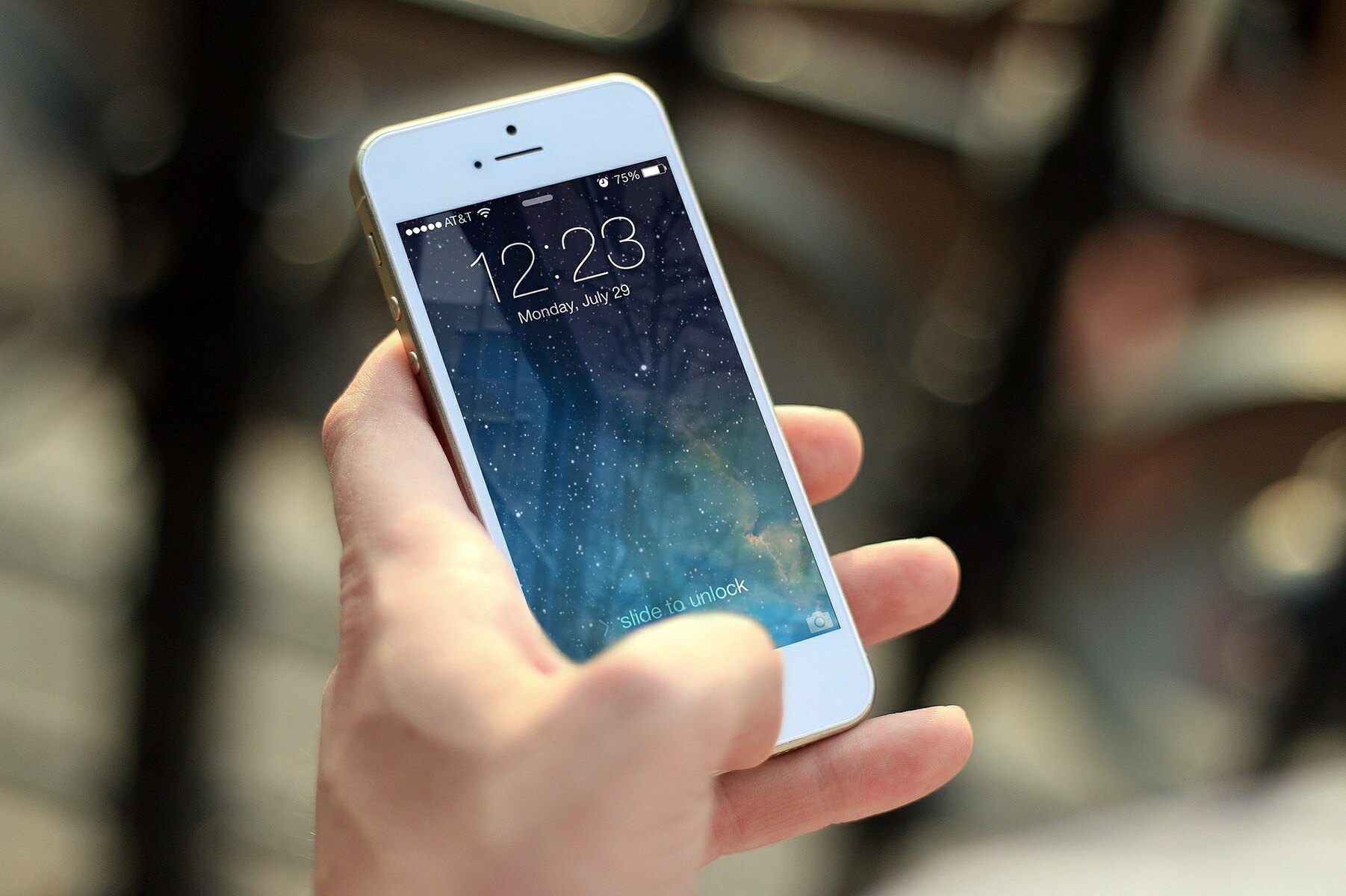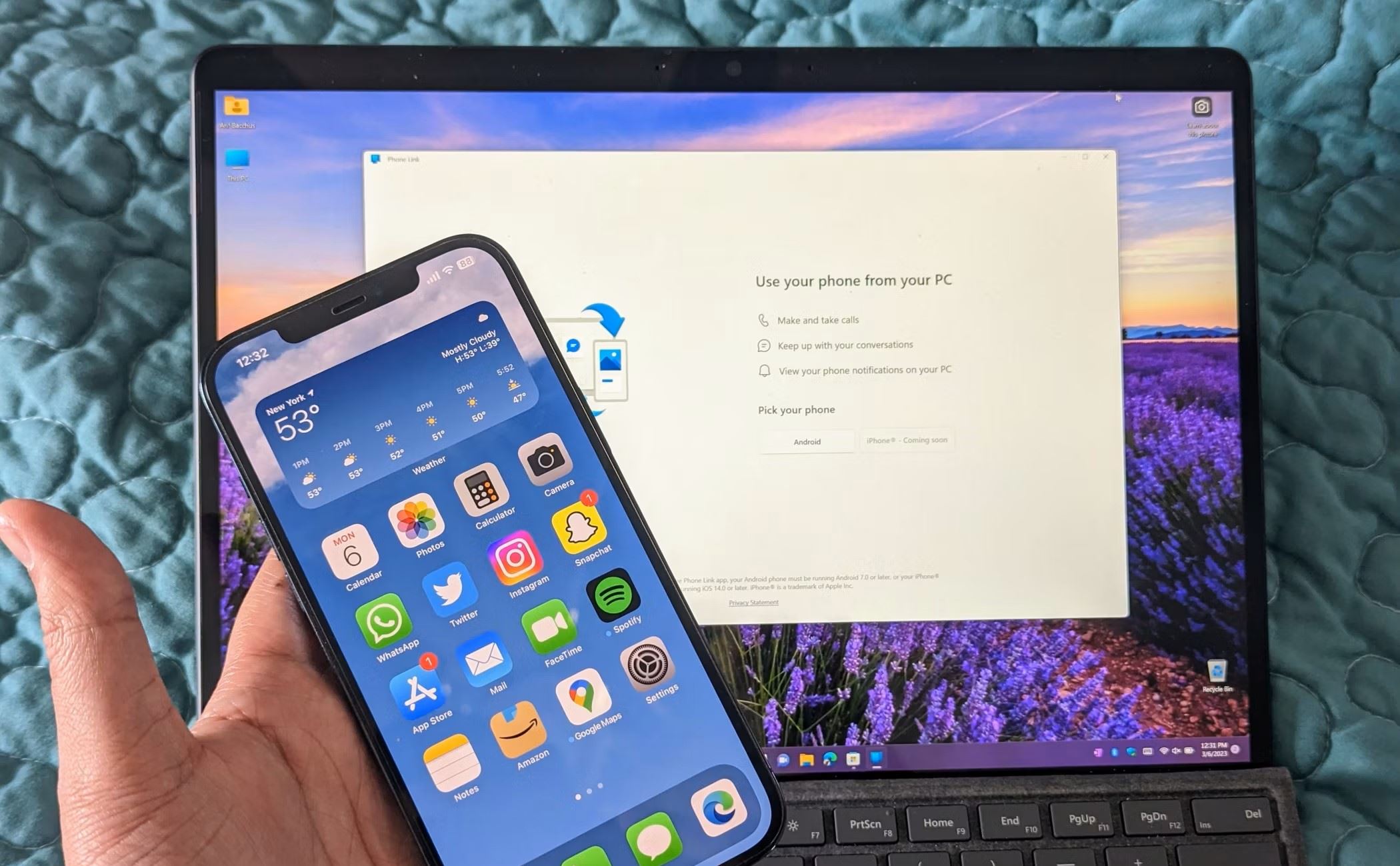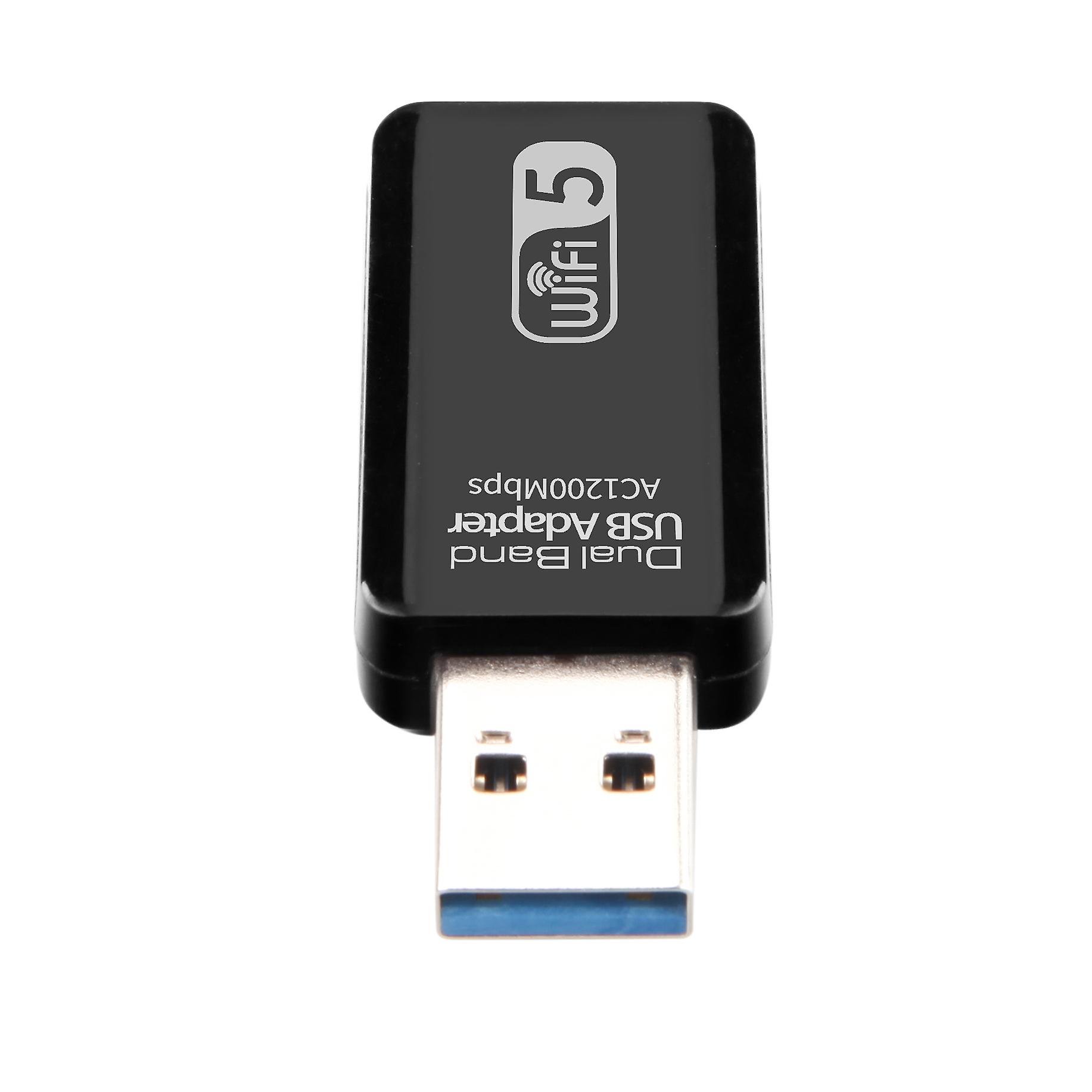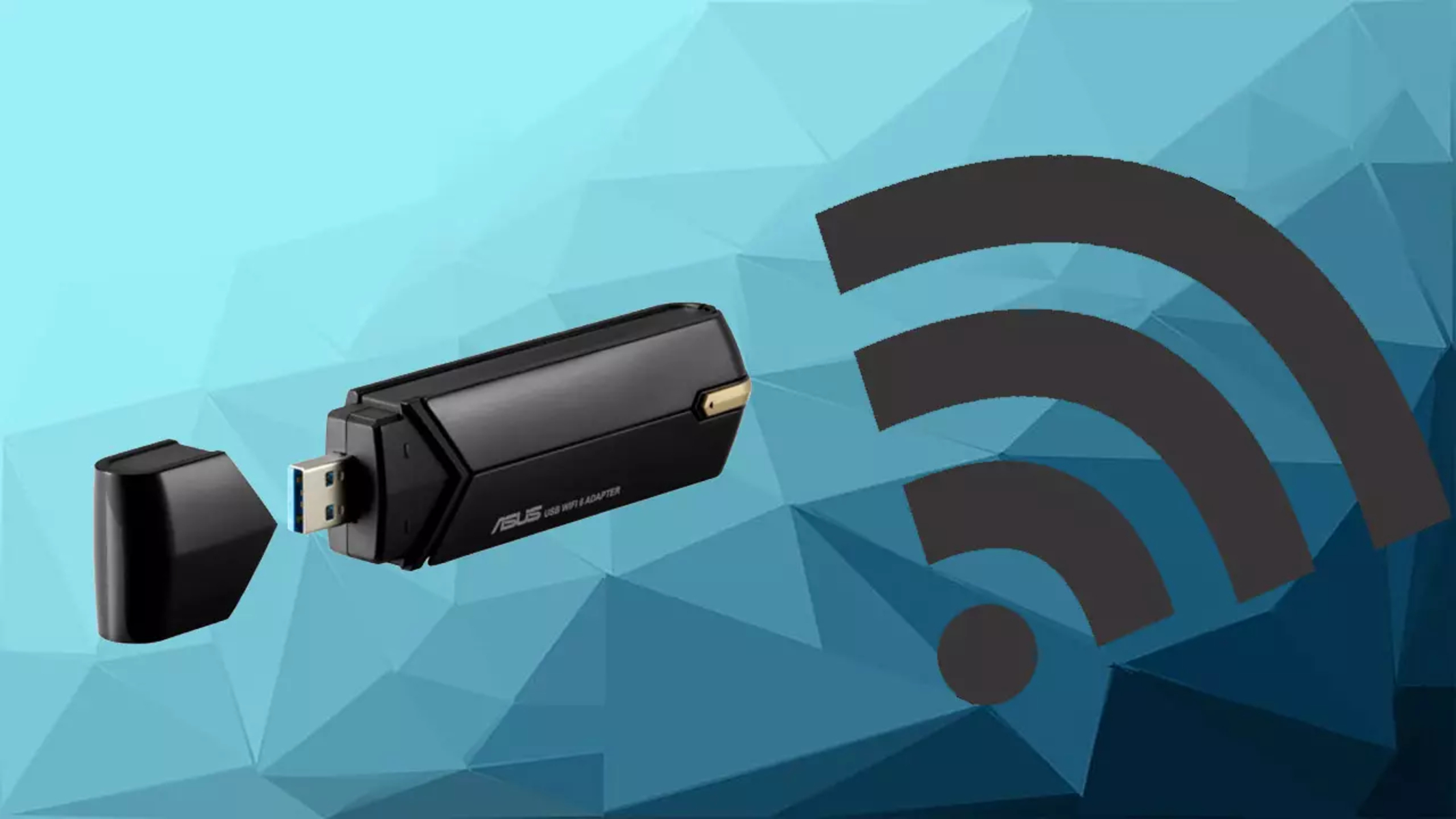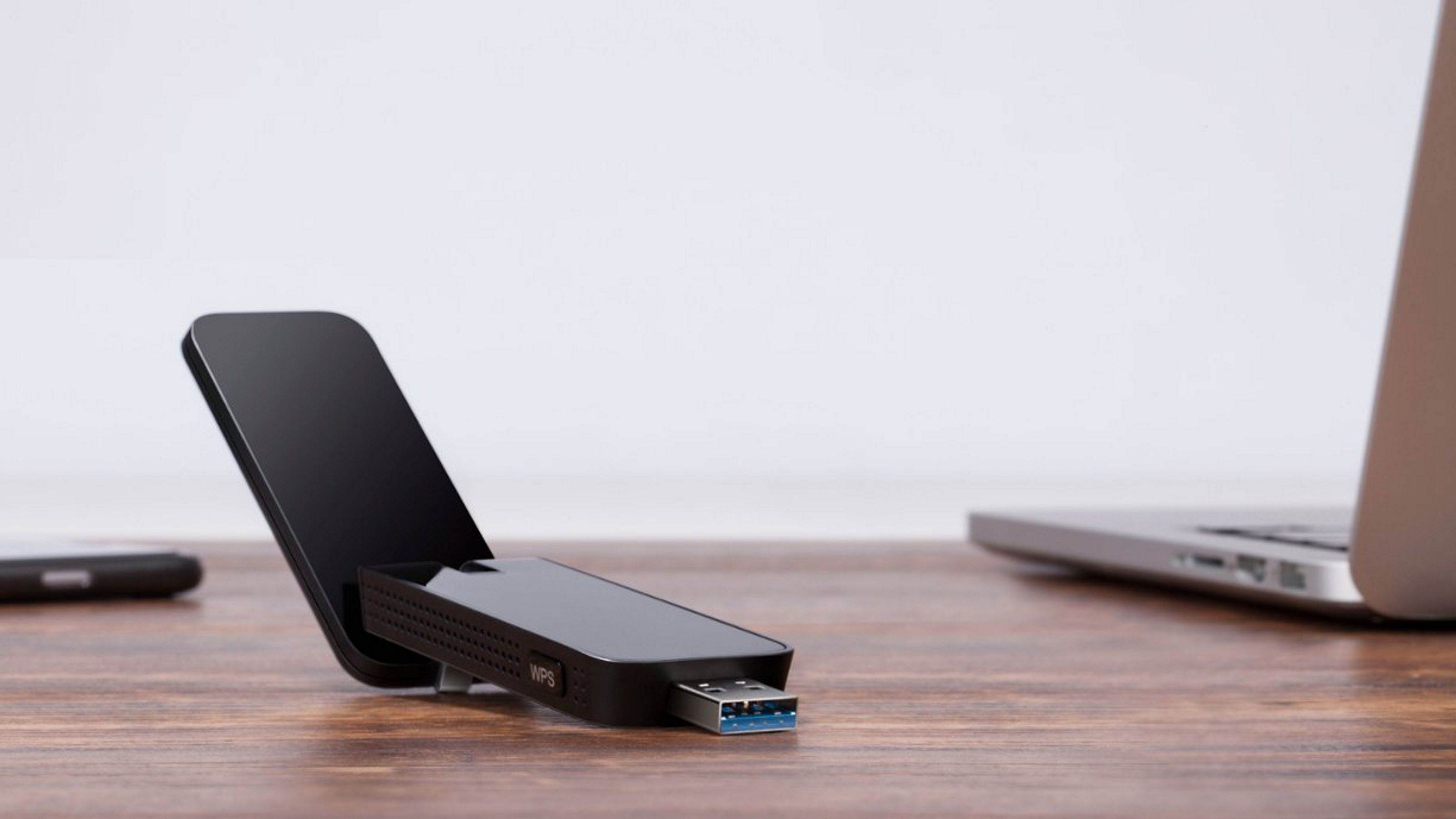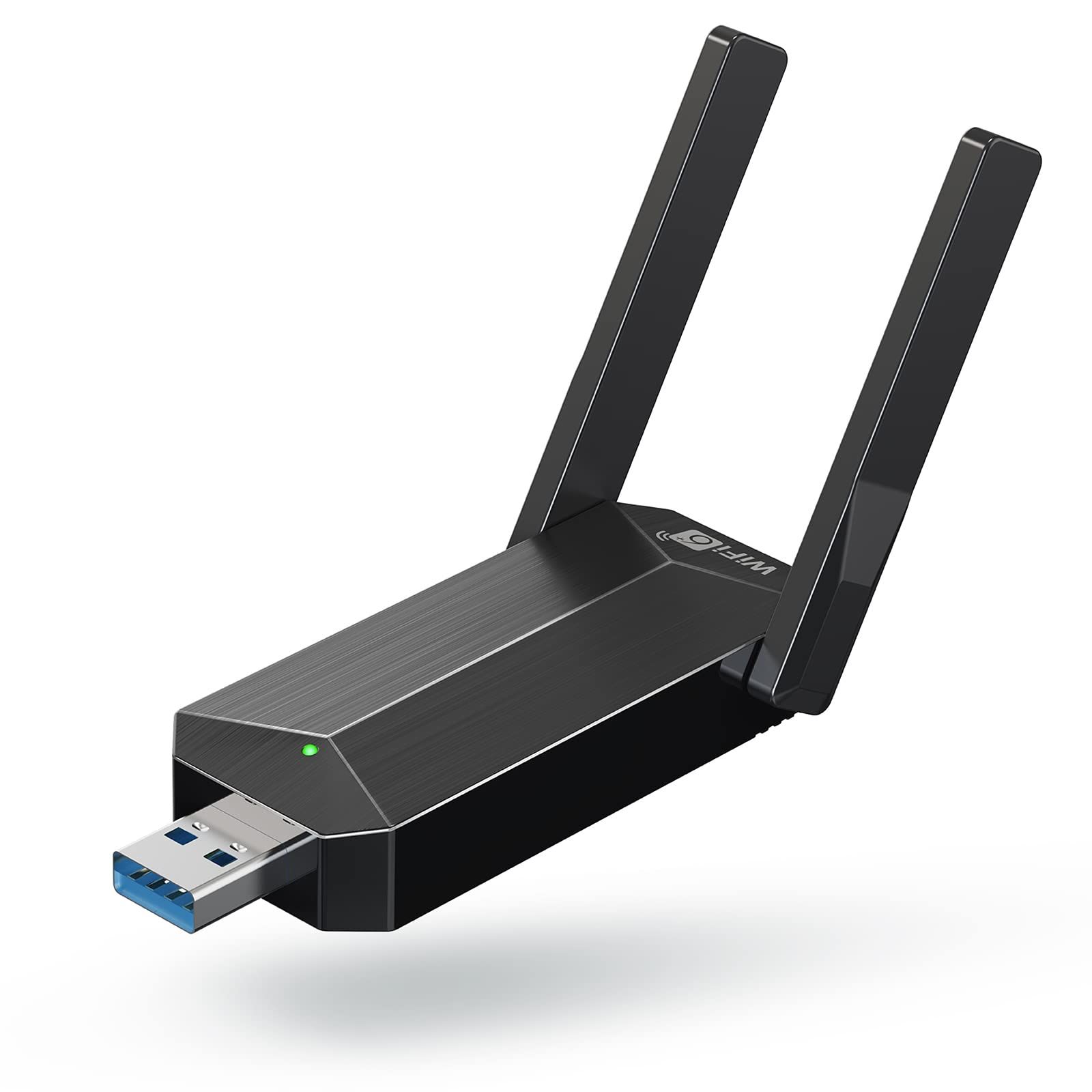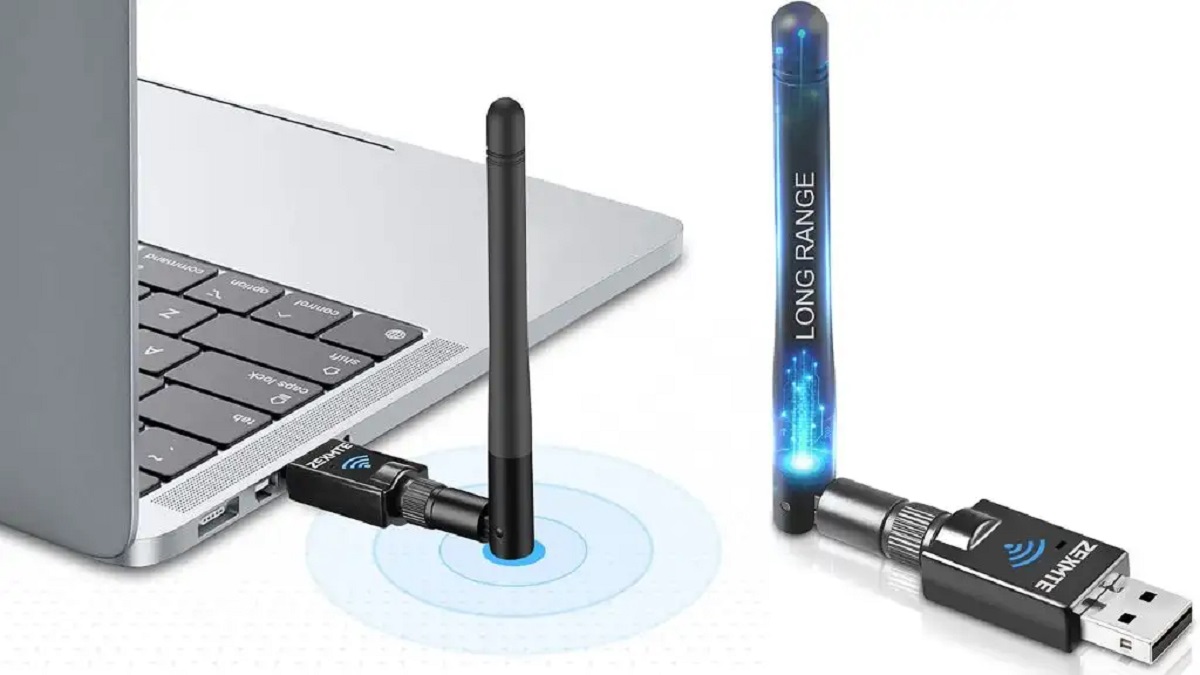Introduction
In today's fast-paced world, staying connected is more important than ever. Whether you're working remotely, streaming your favorite shows, or simply browsing the web, having a reliable internet connection is crucial. While many of us rely on Wi-Fi networks for our internet needs, there are times when accessing a traditional network isn't possible. This is where a mobile hotspot comes in handy.
A mobile hotspot allows you to share your mobile device's internet connection with other devices, such as a laptop or desktop computer. This can be incredibly useful when you're on the go, away from traditional Wi-Fi networks, or experiencing connectivity issues with your regular network. By using your mobile device's cellular data connection, you can create a portable Wi-Fi hotspot, providing internet access to your other devices.
In this guide, we'll walk you through the process of connecting your PC to a mobile hotspot on a Windows 10 device. Whether you're a seasoned tech enthusiast or a novice user, we'll provide you with clear, step-by-step instructions to ensure a seamless connection. Additionally, we'll cover common troubleshooting tips to help you address any potential issues that may arise during the setup process.
By the end of this guide, you'll have the knowledge and confidence to harness the power of your mobile hotspot, enabling you to stay connected wherever you go. So, without further ado, let's dive into the steps to connect your PC to a mobile hotspot and ensure a reliable internet connection on your Windows 10 device.
Step 1: Turn on Mobile Hotspot on your mobile device
Turning on the mobile hotspot feature on your mobile device is the first step to sharing its internet connection with your PC. Whether you're using a smartphone or a tablet, the process of activating the mobile hotspot feature is relatively straightforward. Here's a comprehensive guide to help you navigate through this initial step:
-
Accessing the Mobile Hotspot Settings: Begin by unlocking your mobile device and navigating to the settings menu. The location of the hotspot feature may vary depending on your device's operating system. For most Android devices, you can find the hotspot settings under the "Connections" or "Network & Internet" section. On iOS devices, the hotspot feature is typically located within the "Personal Hotspot" or "Cellular" settings.
-
Enabling the Mobile Hotspot: Once you've located the hotspot settings, you'll have the option to enable the feature. Toggle the switch to turn on the mobile hotspot. At this stage, you may also have the opportunity to customize the hotspot name (SSID) and set a secure password to control access to the hotspot. It's recommended to use a strong password to safeguard your hotspot from unauthorized users.
-
Configuring Hotspot Security (Optional): While enabling the hotspot, you may also encounter security settings that allow you to choose the type of security protocol for your hotspot. The most common options include WPA2 (Wi-Fi Protected Access 2) and WPA3, both of which provide robust encryption to protect your hotspot from unauthorized access. Select the preferred security protocol and proceed to activate the mobile hotspot.
-
Activating the Hotspot: Once you've configured the settings to your preference, proceed to activate the mobile hotspot. Upon activation, your device will begin broadcasting a Wi-Fi signal, allowing other devices within range to connect to the hotspot. The hotspot name (SSID) and password you set earlier will be required when connecting your PC or any other device to the hotspot.
By following these steps, you can effectively turn on the mobile hotspot feature on your mobile device, paving the way for seamless connectivity with your PC. With the hotspot activated, you're now ready to proceed to the next step and establish a connection between your PC and the mobile hotspot.
Step 2: Connect your PC to the Mobile Hotspot
Now that the mobile hotspot is up and running on your mobile device, it's time to connect your PC to the hotspot and access the internet. The process of connecting your Windows 10 PC to a mobile hotspot is designed to be user-friendly, allowing you to establish a seamless connection with just a few simple steps. Here's a detailed walkthrough to guide you through the process:
-
Accessing Network Settings: Begin by navigating to the network settings on your Windows 10 PC. You can do this by clicking on the network icon in the taskbar, typically located in the lower-right corner of the screen. Alternatively, you can access the network settings through the Control Panel or the Settings app.
-
Selecting the Mobile Hotspot: In the network settings, you should see a list of available Wi-Fi networks, including the mobile hotspot being broadcasted by your mobile device. Locate the name of your mobile hotspot (SSID) from the list of available networks. It should match the name you assigned to the hotspot during the setup process on your mobile device.
-
Connecting to the Hotspot: Once you've identified the mobile hotspot, click on its name to initiate the connection process. If you've configured a password for the hotspot, you'll be prompted to enter the password at this stage. Ensure that you enter the correct password to authenticate the connection.
-
Verifying the Connection: After entering the password, your Windows 10 PC will attempt to establish a connection to the mobile hotspot. You should see a notification indicating that the connection has been successfully established. Additionally, the network icon in the taskbar should reflect the successful connection by displaying the Wi-Fi signal strength bars.
-
Accessing the Internet: With the connection established, you can now open a web browser or any internet-dependent application to verify that you have internet access. By accessing a website or performing a simple internet search, you can confirm that your Windows 10 PC is successfully connected to the mobile hotspot and is able to access the internet.
By following these steps, you can effectively connect your Windows 10 PC to the mobile hotspot created by your mobile device. This seamless connection enables you to harness the internet connectivity provided by your mobile hotspot, empowering you to stay connected and productive on your Windows 10 PC, even in situations where traditional Wi-Fi networks may be unavailable.
Step 3: Verify the connection
After connecting your Windows 10 PC to the mobile hotspot, it's essential to verify the connection to ensure that you have seamless access to the internet. Verifying the connection allows you to confirm that your PC is successfully utilizing the internet connectivity provided by the mobile hotspot. Here's a detailed exploration of the verification process to ensure a reliable connection:
Checking Network Status:
To begin the verification process, you can check the network status on your Windows 10 PC. This can be done by clicking on the network icon in the taskbar, which will display the current network connections. The network status should indicate that your PC is connected to the mobile hotspot. Additionally, you can access the network settings to view detailed information about the connection, including the network type, signal strength, and data usage.
Performing a Network Test:
One of the most effective ways to verify the connection is by performing a network test. This involves accessing a web browser and navigating to a website to ensure that you can load web pages without any issues. By entering a website address into the browser's address bar and hitting Enter, you can confirm that the internet connection is functional. Additionally, you can perform a speed test to measure the download and upload speeds, providing insights into the performance of the mobile hotspot connection.
Testing Internet-dependent Applications:
In addition to web browsing, you can test the functionality of internet-dependent applications to further verify the connection. This can include accessing email clients, messaging apps, video streaming services, or any other applications that rely on internet connectivity. By using these applications, you can ensure that the mobile hotspot connection is stable and capable of supporting a wide range of online activities.
Ensuring Consistent Connectivity:
It's important to ensure that the connection remains consistent over time. While the initial verification provides valuable insights into the immediate functionality of the mobile hotspot, it's beneficial to periodically check the network status and perform network tests to confirm that the connection remains reliable. This ongoing monitoring helps identify and address any potential fluctuations in connectivity.
By following these verification steps, you can confidently confirm that your Windows 10 PC is effectively utilizing the internet connection provided by the mobile hotspot. This verification process ensures that you can rely on the mobile hotspot for seamless internet access, empowering you to stay connected and productive on your PC, regardless of your location or the availability of traditional Wi-Fi networks.
Step 4: Troubleshooting common issues
Even though connecting your PC to a mobile hotspot is typically a straightforward process, it's not uncommon to encounter certain issues that may hinder the connectivity. By understanding and addressing these common issues, you can ensure a seamless and reliable connection to the mobile hotspot. Here's a comprehensive overview of troubleshooting steps for common issues that may arise:
1. Signal Strength and Range
One of the primary factors that can impact the performance of a mobile hotspot connection is the signal strength and range. If you're experiencing intermittent connectivity or slow internet speeds, it's essential to consider the proximity between your PC and the mobile device broadcasting the hotspot. To address this issue, try moving closer to the mobile device to improve the signal strength. Additionally, minimizing obstructions and interference, such as walls or other electronic devices, can enhance the range and stability of the connection.
2. Network Authentication Errors
In some instances, network authentication errors may occur when attempting to connect your PC to the mobile hotspot. This can be attributed to incorrect password entry or misconfigured security settings on the mobile device. To troubleshoot this issue, double-check the password entered on your PC to ensure its accuracy. If the issue persists, revisit the mobile hotspot settings on your device to verify the security protocol and password, ensuring that they align with the connection requirements on your Windows 10 PC.
3. Device Compatibility and Driver Updates
Compatibility issues between your PC's network adapter and the mobile hotspot can lead to connection problems. It's advisable to ensure that your PC's network adapter supports the Wi-Fi standard used by the mobile hotspot (e.g., 802.11ac, 802.11n). Additionally, updating the network adapter drivers on your Windows 10 PC can address compatibility issues and improve the overall stability of the connection. You can accomplish this by accessing the Device Manager and checking for driver updates for your network adapter.
4. Mobile Hotspot Stability
The stability of the mobile hotspot itself can influence the connectivity experience on your PC. If the mobile device broadcasting the hotspot experiences frequent disconnections or erratic behavior, it can impact the reliability of the connection. To troubleshoot this issue, consider restarting the mobile hotspot feature on your device or rebooting the device entirely. This can help refresh the hotspot functionality and resolve any temporary stability issues.
5. Data Limitations and Network Congestion
Mobile hotspot plans often come with data limitations, and exceeding these limits can result in reduced speeds or temporary suspension of the hotspot service. Additionally, network congestion in densely populated areas or during peak usage times can affect the performance of the mobile hotspot. To address these issues, consider monitoring your data usage to avoid exceeding limits, and be mindful of the network conditions in your location. If necessary, contacting your mobile service provider for insights on data usage and network performance can provide valuable assistance.
By proactively troubleshooting these common issues, you can overcome potential obstacles and ensure a robust and dependable connection between your Windows 10 PC and the mobile hotspot. These troubleshooting steps empower you to optimize the connectivity experience, enabling you to stay connected and productive across a variety of scenarios.
Conclusion
In conclusion, the ability to connect your Windows 10 PC to a mobile hotspot opens up a world of possibilities, allowing you to stay connected and productive in various situations. Whether you're working remotely, traveling, or simply seeking an alternative to traditional Wi-Fi networks, the mobile hotspot feature provides a convenient solution for accessing the internet on your PC.
By following the steps outlined in this guide, you've gained the knowledge and confidence to leverage the power of your mobile device's internet connection and seamlessly share it with your Windows 10 PC. From activating the mobile hotspot on your device to establishing a secure connection and verifying seamless internet access, you've navigated the process with ease.
Furthermore, the troubleshooting tips provided equip you with the ability to address common issues that may arise, ensuring that you can overcome connectivity challenges and maintain a reliable connection to the mobile hotspot.
The flexibility and convenience offered by a mobile hotspot empower you to adapt to dynamic environments, enabling you to work, communicate, and access online resources with ease. Whether you're in a coffee shop, a remote location, or experiencing network issues with traditional Wi-Fi, the mobile hotspot serves as a dependable bridge to the online world.
As technology continues to evolve, the reliance on mobile devices and the need for flexible connectivity options will only grow. By mastering the process of connecting your PC to a mobile hotspot, you've positioned yourself to embrace the future of wireless connectivity and harness the full potential of your devices.
In essence, the ability to seamlessly connect your Windows 10 PC to a mobile hotspot represents a pivotal aspect of modern digital living. It exemplifies the adaptability and resourcefulness that technology affords us, empowering us to transcend traditional boundaries and stay connected in an ever-changing world.
So, as you embark on your journey with the newfound knowledge of connecting your PC to a mobile hotspot, may you experience the freedom and productivity that comes with seamless internet access, regardless of your location or the availability of traditional Wi-Fi networks.







